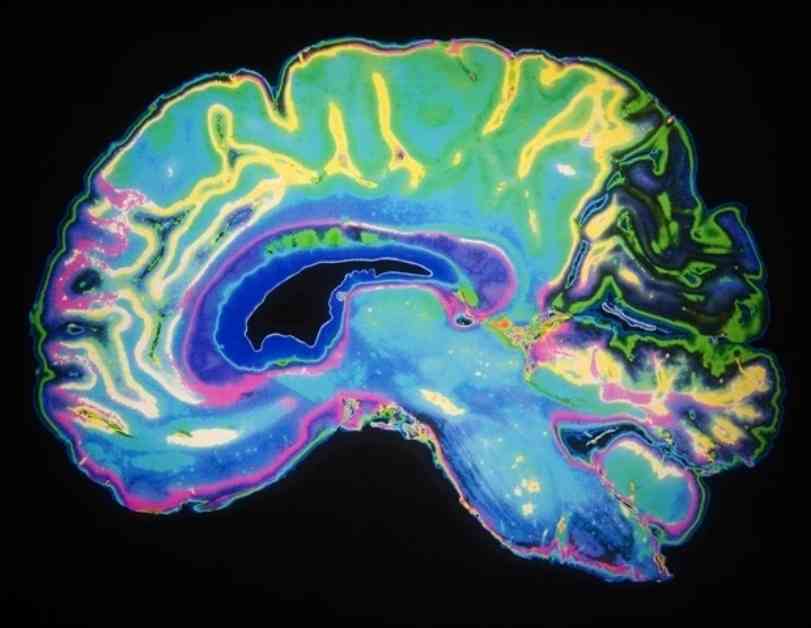Uppsala University Researchers Uncover Semliki Forest Virus Pathway to the Brain
In a groundbreaking study conducted by researchers at Uppsala University, the pathway through which the Semliki Forest virus enters the brain has been revealed. The virus, originally isolated from mosquitoes in Uganda, has long been a subject of interest due to its ability to cause neurotoxicity. The study, published in Nature Communications, sheds light on how the virus enters the central nervous system, opening up possibilities for potential treatments.
Unlocking the Mystery: Semliki Forest Virus and the Brain
For years, scientists have been puzzled by how the Semliki Forest virus infiltrates the brain. Previous theories suggested it may pass through the blood-brain barrier. However, the Uppsala researchers have now identified a different route. By targeting a specific cell type called choroid plexus cells, which secrete cerebrospinal fluid into the brain’s ventricles, the virus gains access to the central nervous system. This discovery challenges previous assumptions and provides new insights into virus neuro-invasion.
Potential Implications for Cancer Treatment
One of the most exciting aspects of this research is the potential for using the Semliki Forest virus in the treatment of brain cancers. As an oncolytic virus, it has the ability to invade and kill cancer cells while activating the immune system to target tumors. This makes it a promising candidate for developing new cancer therapies, particularly for aggressive brain tumors like glioblastoma.
Researcher’s Perspective: A Personal Touch
Miika Martikainen, a researcher at Uppsala University, has been dedicated to studying the Semliki Forest virus for many years. He expressed his joy at finally uncovering the virus’s pathway to the brain, highlighting the team’s future focus on developing it as a therapeutic cancer agent. Martikainen’s passion for the subject adds a humanizing touch to the groundbreaking research, emphasizing the importance of scientific discovery in advancing healthcare.
By unraveling the mysteries of the Semliki Forest virus, researchers have not only deepened our understanding of virus neuro-invasion but also opened doors to innovative cancer treatments. The implications of this study extend far beyond the laboratory, offering hope for patients battling brain tumors and paving the way for future breakthroughs in virology and oncology.






































